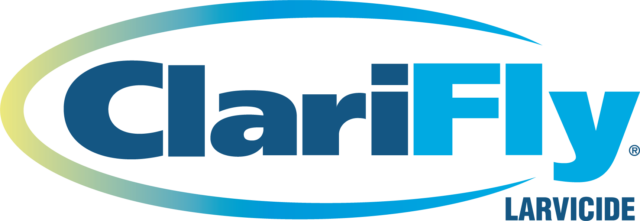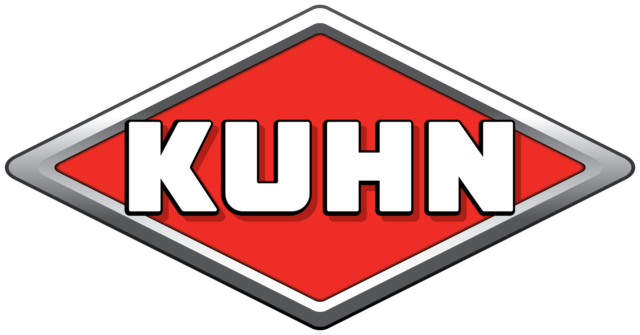Market unpredictability affects everything from milk and feed prices to fertilizer, seed and fuel costs. With so many factors pulling at a farm’s financials, dairy farmers need to do all they can to remain profitable and resilient when faced with such fluctuations.
Feed efficiency is one way farmers can get more from their cows while also positively affecting their profitability. The practice of ensuring that what goes into the bunk gets into the cow and is reflected in the bulk tank is not new, but there is more than one way to impact the value of a cow’s diet compared to the milk and components she produces.
Income over feed cost defines value
Feed is the largest cost on the farm. Dairy farmers monitor and make decisions based on their herd's income over feed costs (IOFC).
Feed costs come from a variety of sources: purchased feed, the costs associated with homegrown feed, the storing of feed, feed loss due to shrinkage and refusals, and actual feed intake. But how many farmers use the actual cost of feed to determine value? And without accurate numbers, do farmers really know the profitability of their own feed program?
IOFC is a way to capture an accurate assessment of a feeding program’s value instead of just using the total cost of the program. IOFC is found by subtracting the market value of the milk from a lactating cow’s daily feed cost. It can also be calculated by herd or per pen. This seems easy enough, but remember feed costs aren’t just one thing. How much does it cost to grow feed? Are you monitoring and managing refusals in the bunk, which can cost upwards of $500,000 for a 2,000-cow herd? Understanding the feed costs throughout the total farm operation can shine a light on opportunities to adjust management practices and save/earn money.
Improving income over feed costs
Just as there are many factors that go into feed costs, there are different ways to increase IOFC:
- Improve components
- Improve production
- Improve feed efficiency
- Reduce feed costs
While no two farms are alike, farm management shifts, adjustments to forage and incorporating feed additives that optimize rumen function can make a difference in these aspects of a dairy operation, positively impacting IOFC.
Changes in the feed and on the farm
Improving production may seem like the biggest challenge for farms because it often requires labor. But small shifts can make a difference.
“You are what you eat.” The same can be said for cows. Especially today’s cows that have been bred for high milk and component yield. Cows fed low-quality forage or diets with too much starch, low fiber or excess fats don’t produce milk or milk components as well. The more improvements that can be made to digestibility, the higher the economic value of the milk.
IOFC improves when feeding highly digestible diets because the diet maximizes milk production. For example, improving neutral detergent fiber (NDF) digestibility by one unit can lead to a 0.75 pound milk response. Increasing the ration’s NDF digestibility can be achieved by feeding brown midrib (BMR) corn silage over conventional corn silage or feeding more grass haylage over alfalfa haylage. By feeding for rumen function and digestibility instead of feeding for total diet costs, these high-producing cows are fed to meet their potential.
Grouping strategies are one way to impact feed costs by taking advantage of a cow’s natural lactation cycle. High-performing cows enjoy the best of the best in terms of forage and feed additives, but the diets of cows experiencing a natural decline in production (known as the maintenance group) are adaptable. While keeping the building blocks of forages and grains, a maintenance group can be fed less added fat and protected amino acids, or her starch can be swapped with digestible fiber sources. When done correctly, cows in the maintenance group still produce milk while eating a lower-cost ration.
Feed efficiency versus reducing feed costs
Improving feed efficiency and reducing feed costs should not be confused. These are two separate things. A farmer can reduce feed costs by feeding the cows less, buying less costly feed or reducing the feed additives in the ration. While these strategies can save money in the short term, they can cost milk and component production if done incorrectly. On the other hand, improving feed efficiency can go a long way to optimizing production and reducing feed costs. This is where feed additives come in.
There are a variety of feed additives available that affect milk production through the rumen. Increasing propionate production in the rumen results in increased levels of glucose, which provides additional energy to the cow for optimized milk production per pound of dry matter intake (DMI). But how does that affect feed efficiency? The trick is to optimize DMI. Cows that eat less typically produce less milk, but feed additives can help enhance propionate production (Figure 1) so that cows have more energy to sustain milk production with less DMI.

Studies with dairy cows fed the feed solution in commercial conditions showed decreases in DMI by 2.08 pounds per cow per day. In terms of feed cost savings, that means a 33-pound bag of the product can save 81,729 pounds of total mixed ration (TMR).
By helping the herd outperform its ration and allowing dairy farmers to feed less and decrease TMR costs, farmers can enjoy a buffer between their forage and the unexpected – such as drought, flood or feed quality issues that can impact feed inventory.
While some farmers are hesitant to use feed additives, especially when they are looking closely at their costs, there are additives that essentially pay for themselves in the performance outcomes they aid in creating.
With so many factors to consider, understanding a farm’s IOFC can take time, but that understanding also provides a clear map of the changes possible on the farm. By knowing the total costs associated with their operation, dairy farmers can weigh their options to find the next bump in their paycheck and support profitability.
References available upon request by sending an email to an editor.





